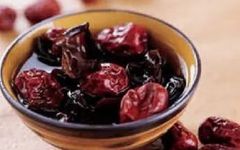Five Dietary Therapy Recipes for Common Ailments to Keep for Your Family!
When we feel unwell, our first thought is often to see a doctor for medication. However, in Traditional Chinese Medicine (TCM), many foods serve dual purposes as both food and medicine, possessing various therapeutic effects. Let’s explore which symptoms can be effectively treated with dietary therapy.
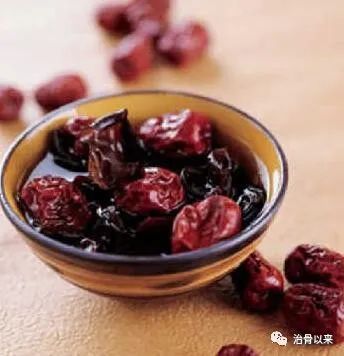
Weak Spleen and Stomach, Diarrhea, Cough and Wheezing due to Yin Deficiency — Shan Yao (Chinese Yam)
Shan Yao (Chinese Yam) is white and enters the lungs, thus it nourishes the lungs, relieves cough, and has a sweet flavor that benefits the spleen and stomach.
Dietary Therapy Recipe: 100 grams each of Shan Yao, Lian Zi Rou (Lotus Seed), Yi Yi Ren (Job’s Tears), and Qian Shi (Euryale Seed), cooked and ground into powder, mixed with egg to make a paste.
This recipe tastes great and can be eaten as a snack. Taking one or two spoonfuls daily can strengthen the spleen and stomach over time, enhancing “Spleen Qi”.
Note: Although Shan Yao is beneficial, those with chronic constipation should avoid it, as it has astringent properties that may worsen constipation.
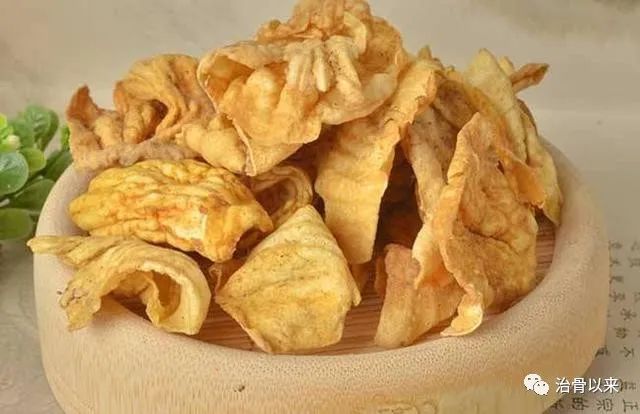
Indigestion — Ji Nei Jin (Chicken Gizzard Membrane)
Ji Nei Jin is the thin yellow membrane found inside the chicken gizzard. When dried, it is called Sheng Ji Nei Jin (Raw Chicken Gizzard Membrane). When stir-fried with vinegar, it is known as Chao Ji Nei Jin (Stir-fried Chicken Gizzard Membrane), which has a stronger ability to aid digestion.
Dietary Therapy Recipe: 20 grams of Ji Nei Jin and 20 grams of Bai Zhu (White Atractylodes), boiled in water for consumption. This recipe can eliminate food stagnation and promote smooth digestion.
Dietary expert Chen Yunbin also introduced a method of consuming Ji Nei Jin: Steamed Egg with Ji Nei Jin.
Preparation Method:
-
Beat the egg as evenly as possible;
-
Add twice the amount of rice soup, a little sesame oil, and salt, then add one spoon of Ji Nei Jin;
-
Steam the mixture over medium heat for 35 minutes after the water boils.
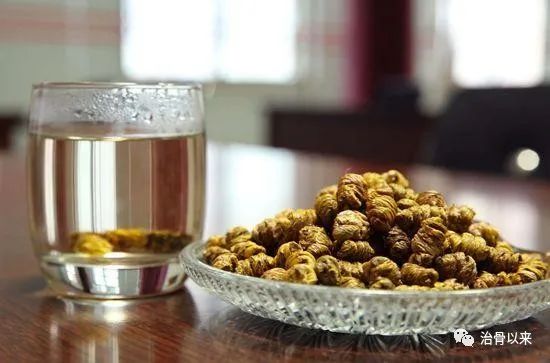
Chronic Pharyngitis — Shi Hu (Dendrobium)
Chronic pharyngitis is a diffuse inflammation of the mucosa, submucosa, and lymphatic tissue of the pharynx, characterized by discomfort, pain, dryness, and a foreign body sensation in the throat. It is often caused by Yin deficiency or excessive consumption of fried foods that deplete Yin fluids, leading to upward fire. The main treatment principle is to nourish Yin and clear heat, and Shi Hu (Dendrobium) is an excellent ingredient for nourishing Yin.
Dietary Therapy Recipe: 15 grams of Shi Hu, 10 grams of Mai Dong (Ophiopogon), and 5 grams of green tea leaves.
Preparation: Place Shi Hu, Mai Dong, and green tea in a teacup and steep with boiling water.
Effect: Nourishes Yin, clears heat, generates fluids, and soothes the throat.
Usage: One dose daily, consumed frequently as tea.
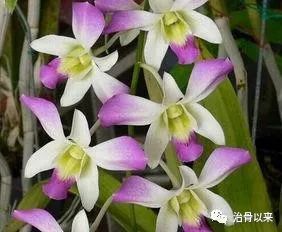
Oral Ulcers — Luobo (Radish)
Oral ulcers are primarily caused by excessive emotional stress leading to heat transformation, or prolonged illness causing heat to injure Yin fluids. Clinically, two common patterns are excess heart fire and Yin deficiency with excess fire. Luobo (Radish) and Lian Ou (Lotus Root) have excellent heat-clearing properties, and the following recipe can be referenced:
Fresh Lotus Root and Radish Drink
Ingredients: Half a raw radish and 200 grams of fresh lotus root.
Preparation: Mash the two ingredients and extract the juice.
Effect: Clears heat, relieves irritability, generates fluids, and quenches thirst.
Usage: Gargle several times a day for three consecutive days.
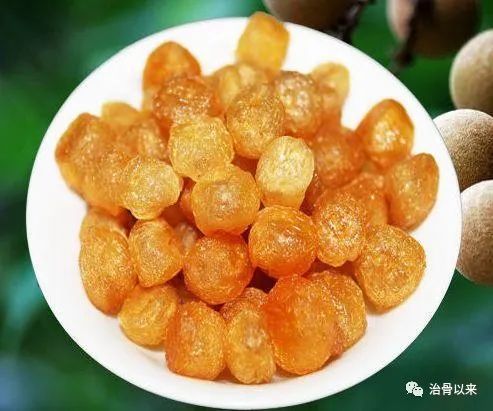
Insufficient Qi and Blood, Fatigue, Dull Complexion, Insomnia with Vivid Dreams — Long Yan (Longan)
Many people suffer from insufficient Qi and blood, with symptoms commonly associated with sub-health:
-
Frequent drowsiness and lack of energy;
-
Dull complexion, not rosy, dry and dark;
-
Weak limbs, easily fatigued, reluctant to move;
-
Insomnia with vivid dreams, feeling unrefreshed regardless of sleep duration, sensitivity to cold;
-
Occasional palpitations, dizziness, and blackouts when standing up suddenly.
Long Yan (Longan) is considered a food in culinary terms, but in TCM, it is a medicinal ingredient with numerous benefits, especially for women in need of blood nourishment. In cases of severe blood deficiency where conventional medications may not be effective, Long Yan can provide unexpected benefits.
The best way to nourish Qi and blood is to prepare it as Yu Ling Gao (Longan Paste), known as a substitute for Ren Shen (Ginseng), derived from the dietary compendium of the famous Qing dynasty physician Wang Mengying. It is excellent for replenishing Qi and blood, surpassing ginseng and astragalus.
Dietary Therapy Recipe: 300 grams of Long Yan meat, 30 grams of Xi Yang Shen (American Ginseng) powder, and 30 grams of sugar. (Long Yan nourishes blood, Xi Yang Shen replenishes Qi, and sugar is for flavor.)
Preparation: Chop the Long Yan meat, mix it with Xi Yang Shen powder and sugar, place it in a steamer, and steam in a water bath.
Wang Mengying stated, “Steam it daily over the rice pot until it has been steamed a hundred times,” which amounts to at least 40 hours. Since Long Yan is warming, if the steaming time is too short, it may cause heat symptoms. After steaming, store it in a jar in the refrigerator.
Usage: One spoonful daily, dissolved in hot water.
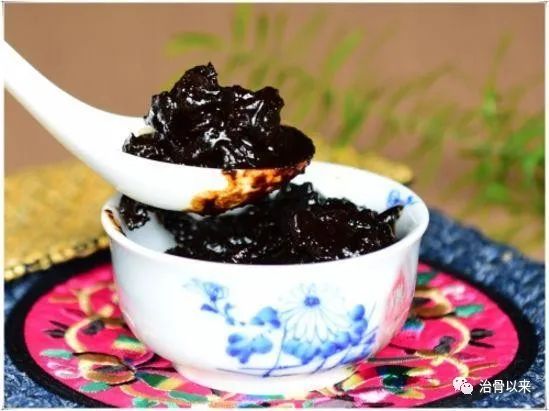
Many people are unaware of the significance of dietary choices. The book “Dietary Therapy for Various Diseases” provides detailed records of various foods and clarifies which foods may induce diseases.
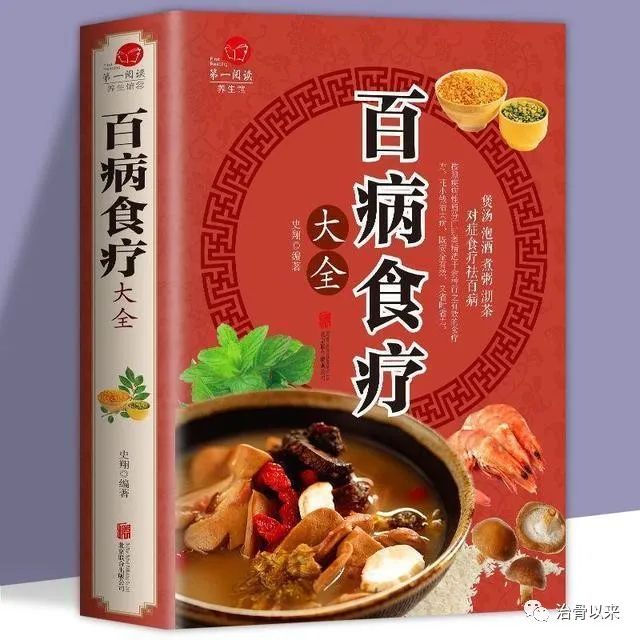
“Dietary Therapy for Various Diseases” offers dietary solutions based on the mutual therapeutic properties of food, skillfully combining foods, vegetables, fruits, and meats to achieve therapeutic, preventive, and health-promoting effects. The menu is complete with over 100 relative dietary methods for various diseases, all thoroughly analyzed for clear understanding.
“Dietary Therapy for Various Diseases”, “Old Remedies”, and “TCM Health Preservation and Treatment” are compilations by TCM predecessors who spent decades organizing practical prescriptions passed down through generations. Elders have said, “My own strength is limited, but promoting these prescriptions can help everyone. It is worth it in my lifetime.” I recommend keeping a copy at home for emergencies.
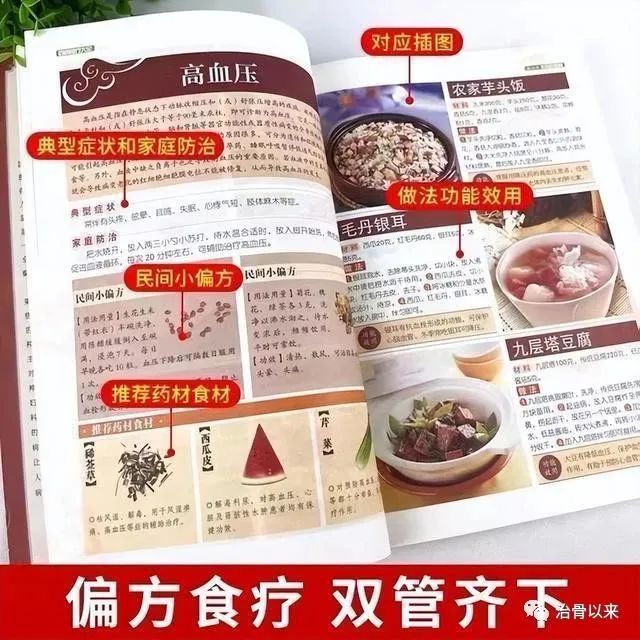
The culture of dietary therapy in China has a long history and is an important part of the excellent traditional culture of the Chinese nation. The culture of dietary therapy in China remains brilliant even in an era of advanced technology, and it is still a necessary subject for modern people.
To establish a scientifically reasonable lifestyle, it is essential to have a certain dietary culture.
The method of creating this book, “Dietary Therapy for Various Diseases”, “Old Remedies”, and “TCM Health Preservation and Treatment”, involves using simple foods, such as stewing, boiling, and steaming. Even those who have never cooked rice can easily prepare these dishes.
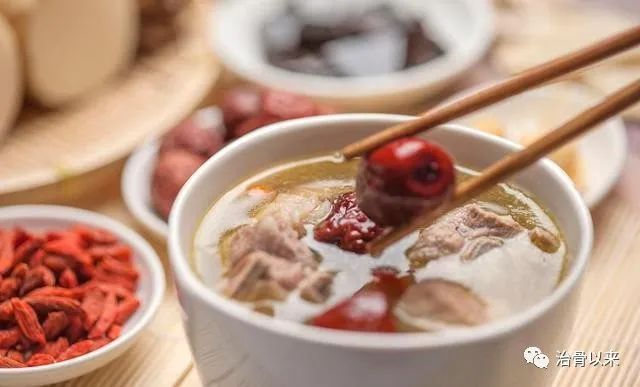
This set of books consists of three volumes, “Dietary Therapy for Various Diseases”, “Old Remedies”, and “TCM Health Preservation and Treatment”, which can be purchased as a set. The prescriptions for the elderly and TCM health and treatment can address minor ailments in daily life. A proper diet can lead to a healthier and longer life.
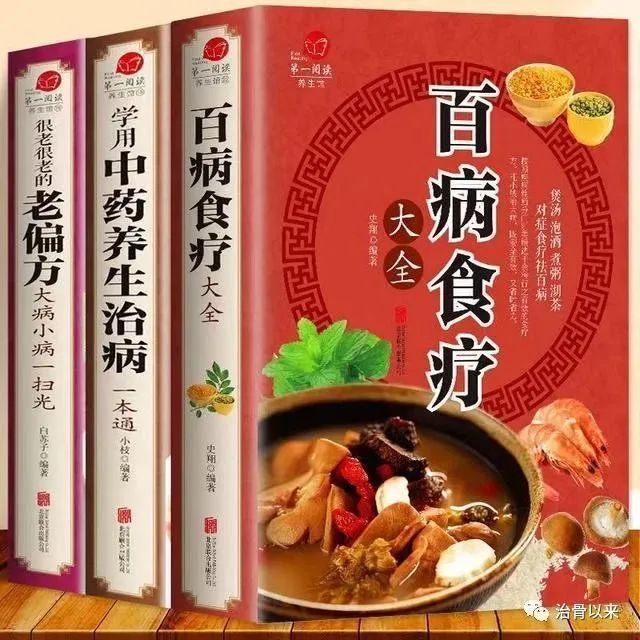
Health and longevity depend on maintaining good health! Only by staying healthy can we achieve the goal of longevity! This set of “Dietary Therapy for Various Diseases”, “Old Remedies”, and “TCM Health Preservation and Treatment” is essential for health preservation.
If combined with TCM and herbal medicine, you will not seek treatment. This dietary therapy culture is a good prescription compiled by the older generation of TCM practitioners based on decades of scientific experiments and successful cases.

Finally, I kindly ask everyone to do one thing: due to WeChat’s changes in push rules, those who do not frequently leave comments or click “See” will gradually stop receiving notifications! If you still want to see our updates daily, please star “治骨以来” or click “Like” or “See” at the bottom of the page after reading. Thank you!
Click “See” to support the wisdom of TCM!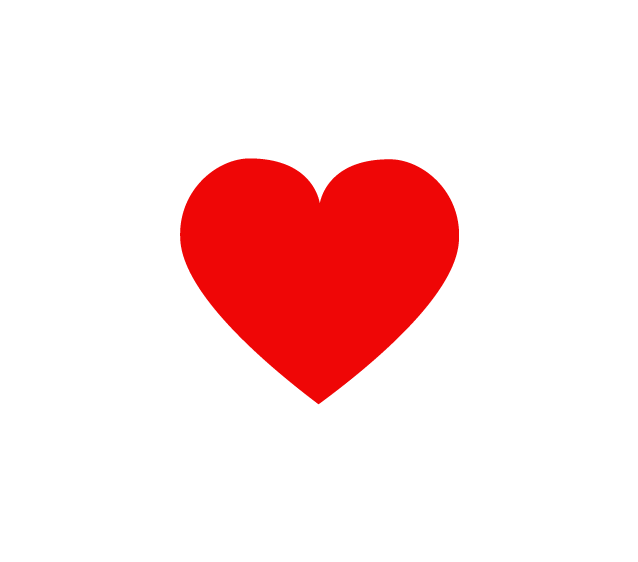
Disclaimer: This article is reproduced from the internet and published materials. If there is any infringement, please contact us for removal. The various prescriptions and remedies mentioned are for informational sharing only and do not constitute medical advice, recommendations, or guidance. Please use them under the guidance of a physician!

